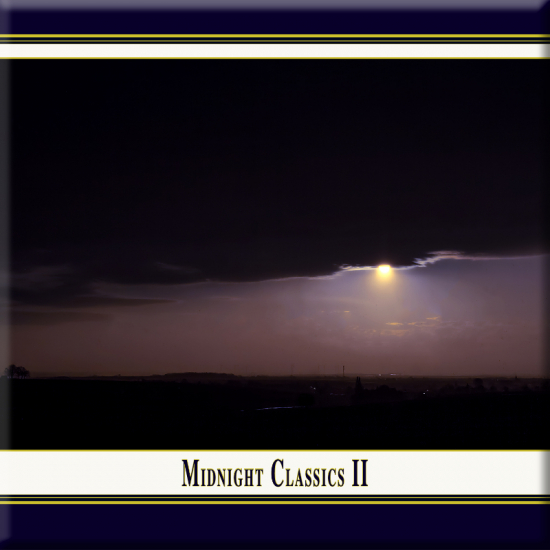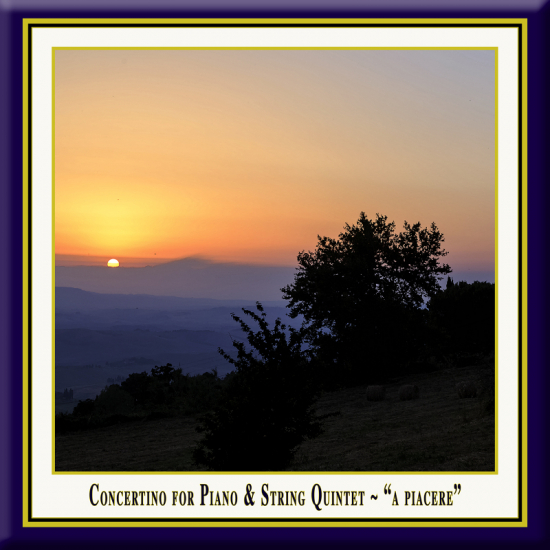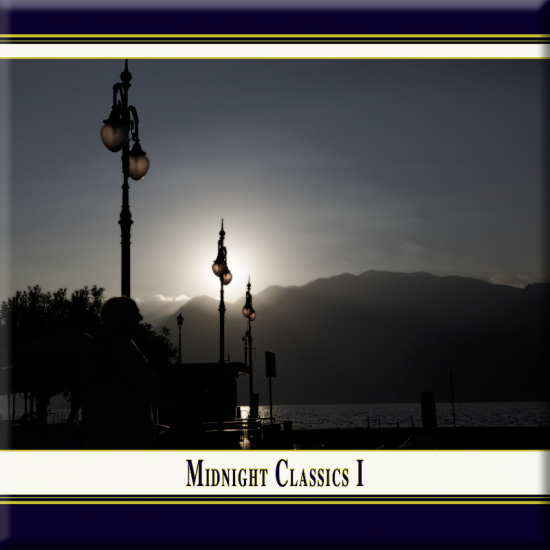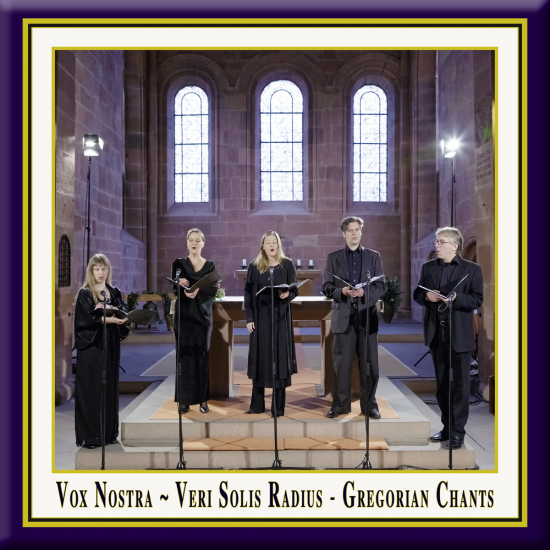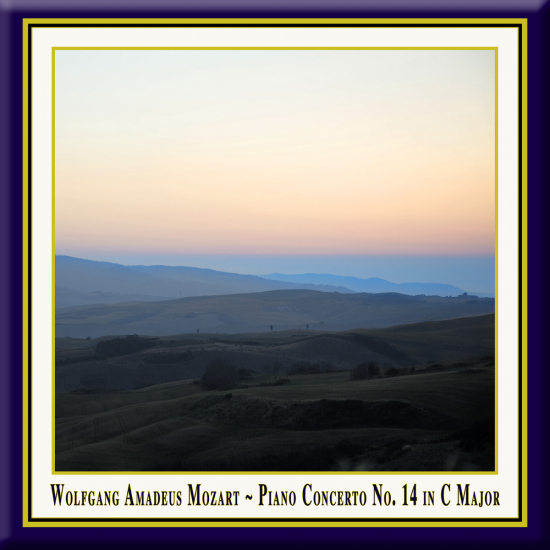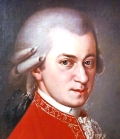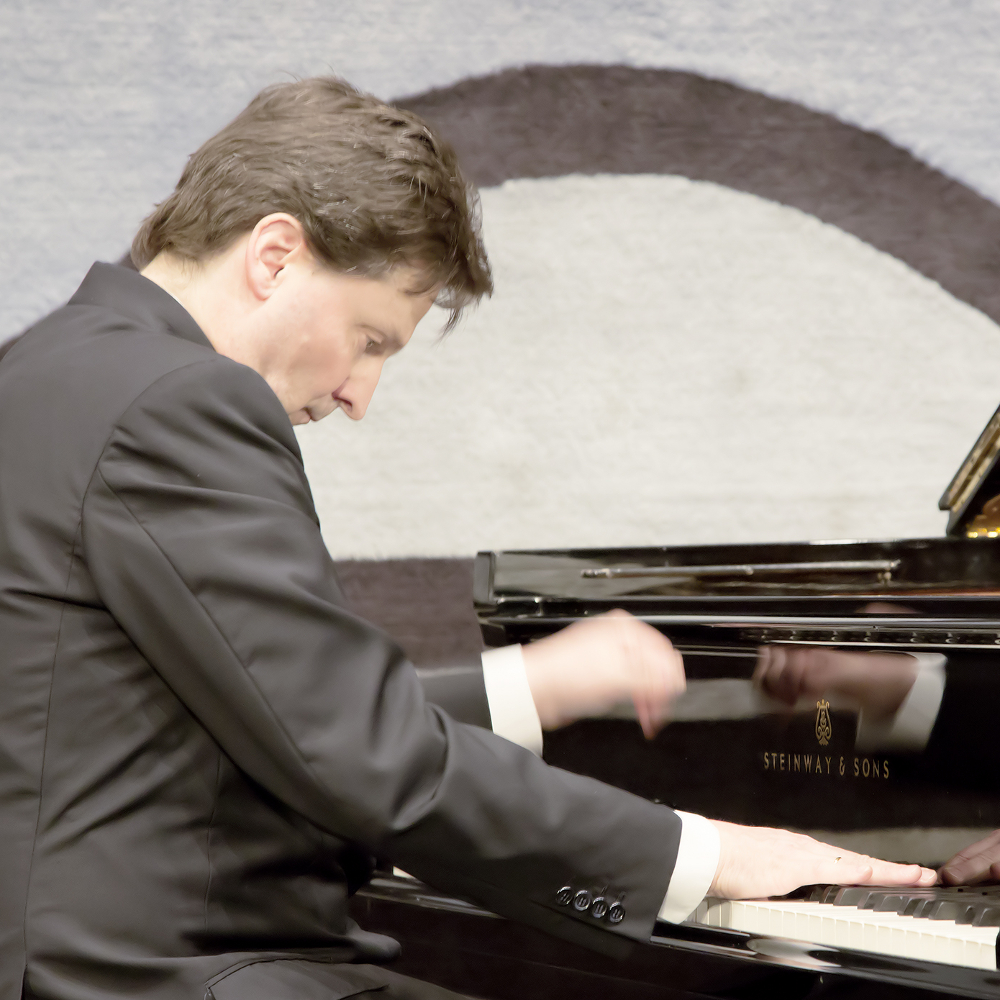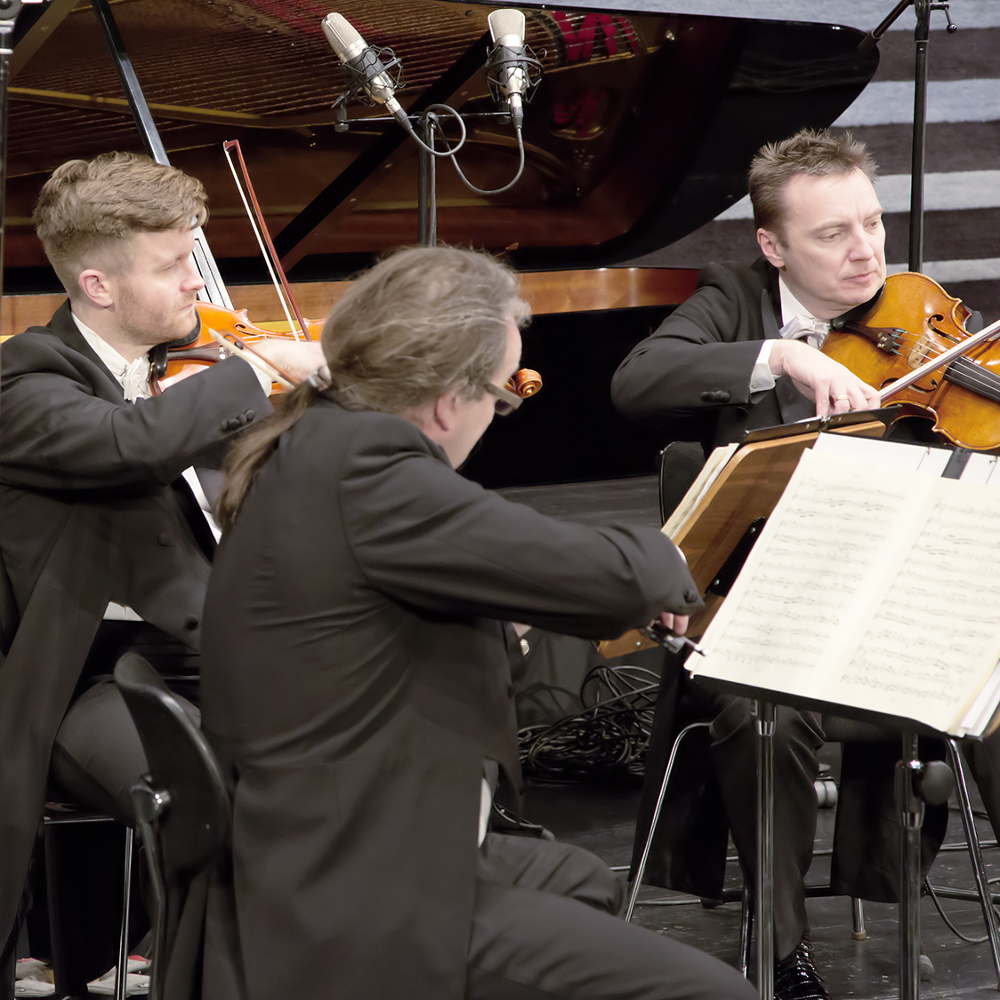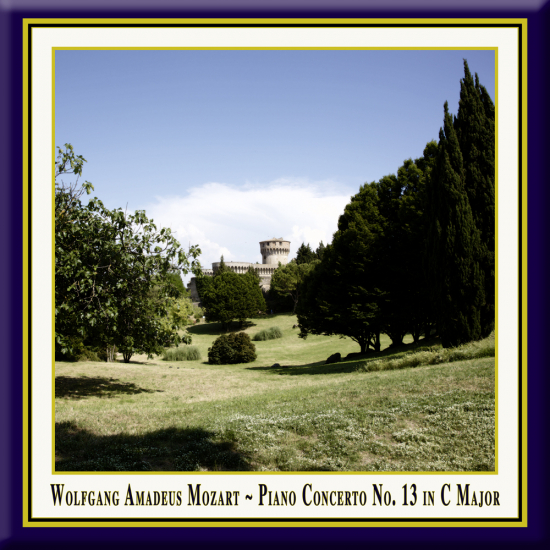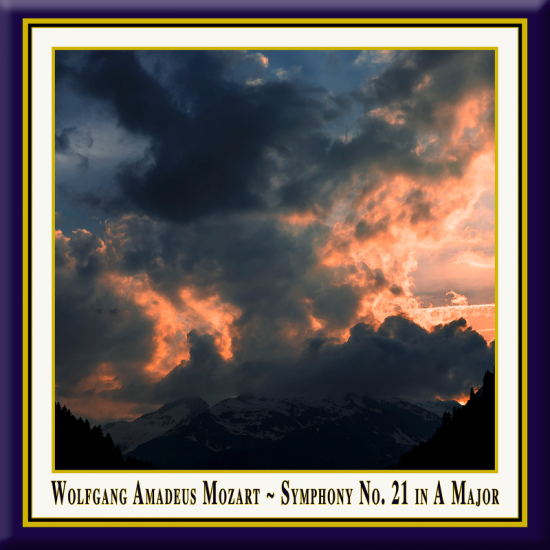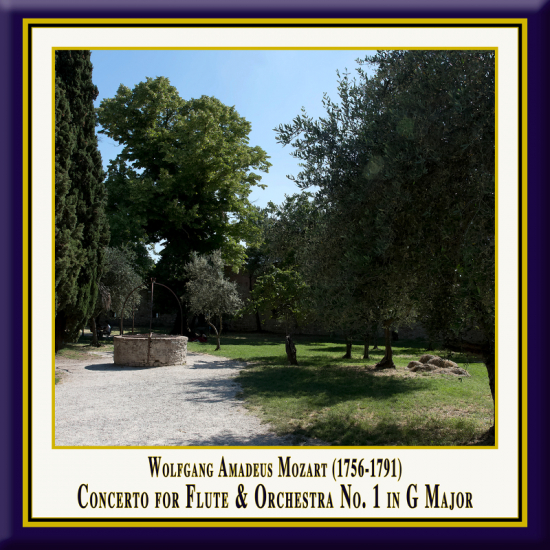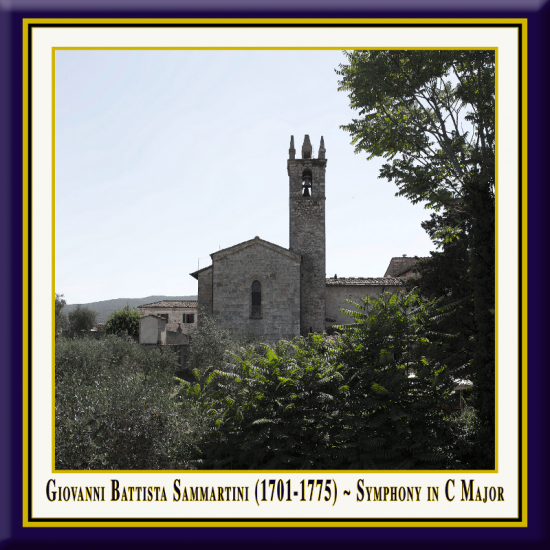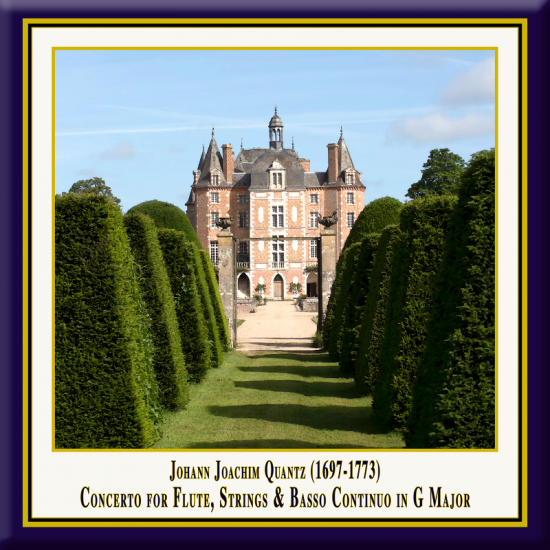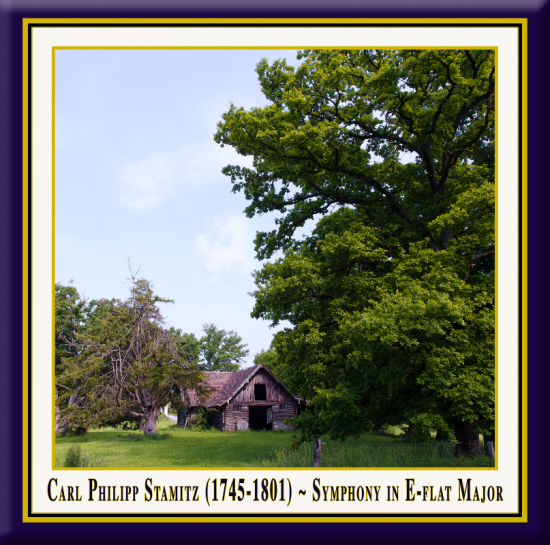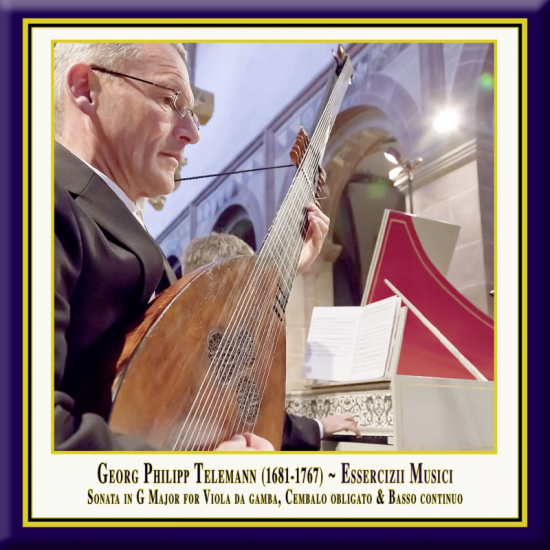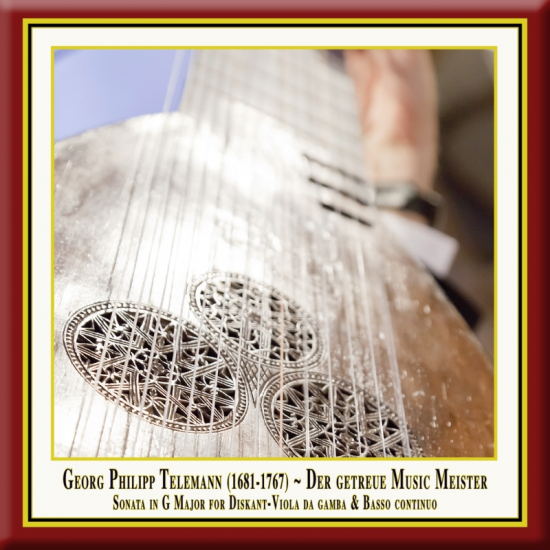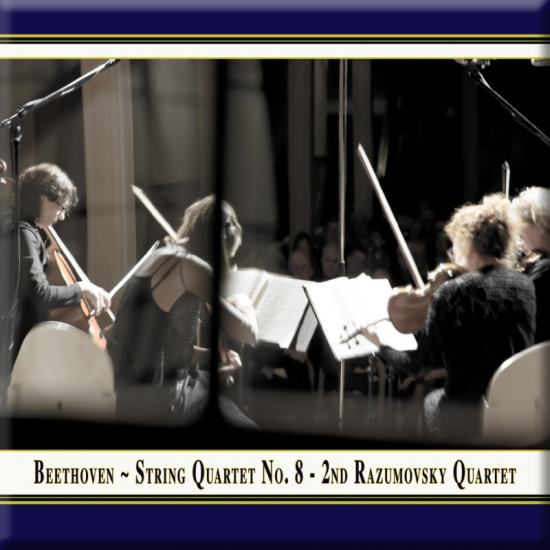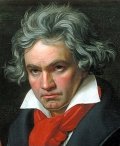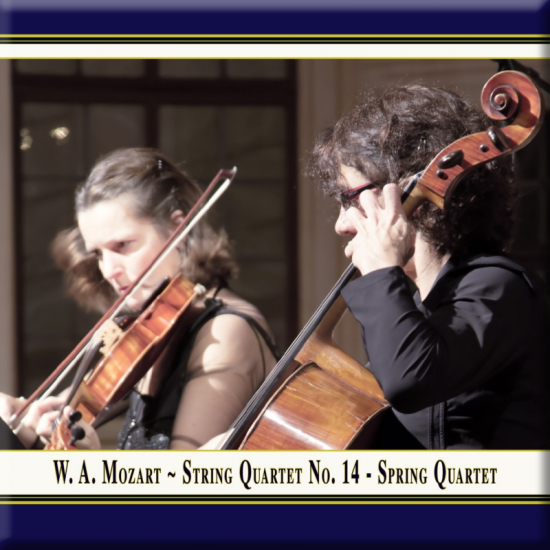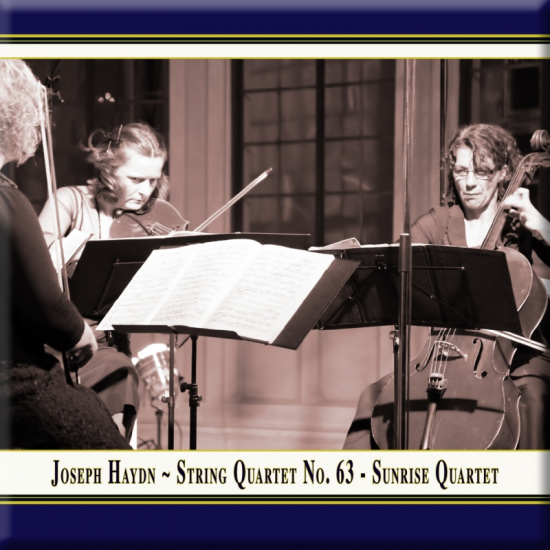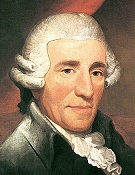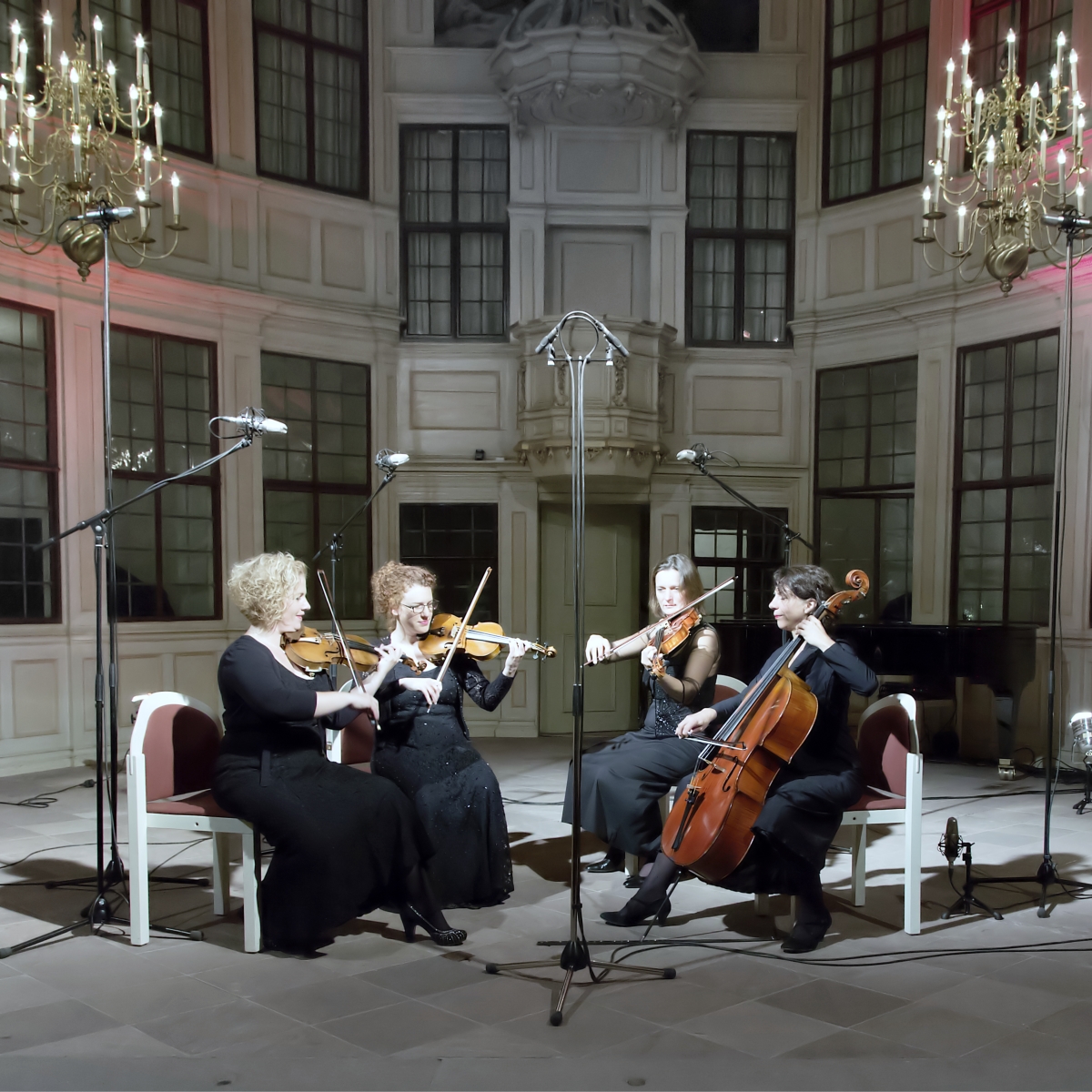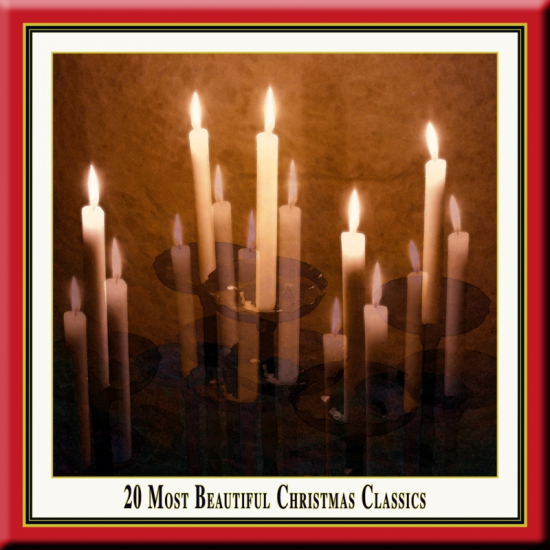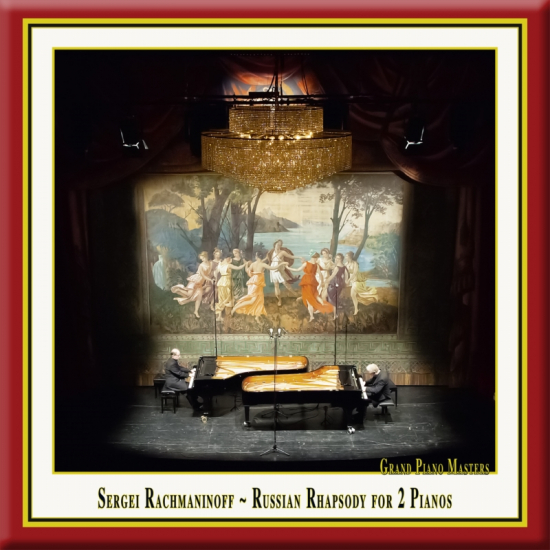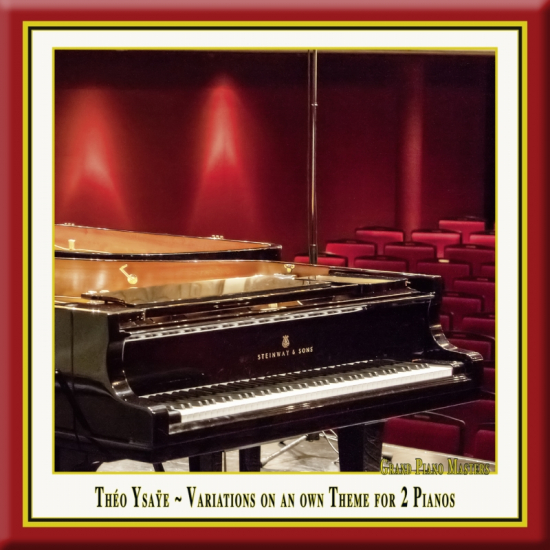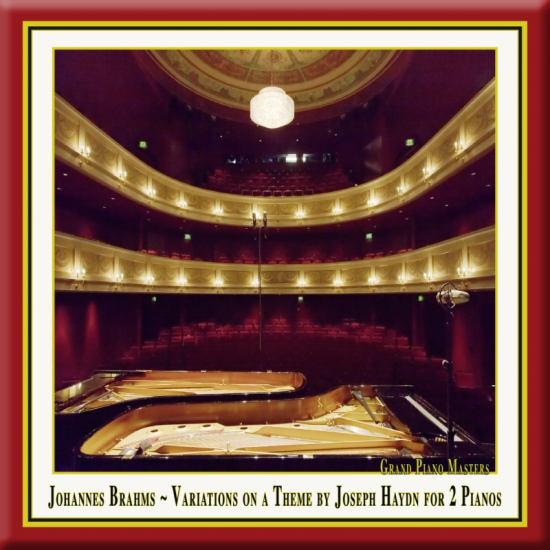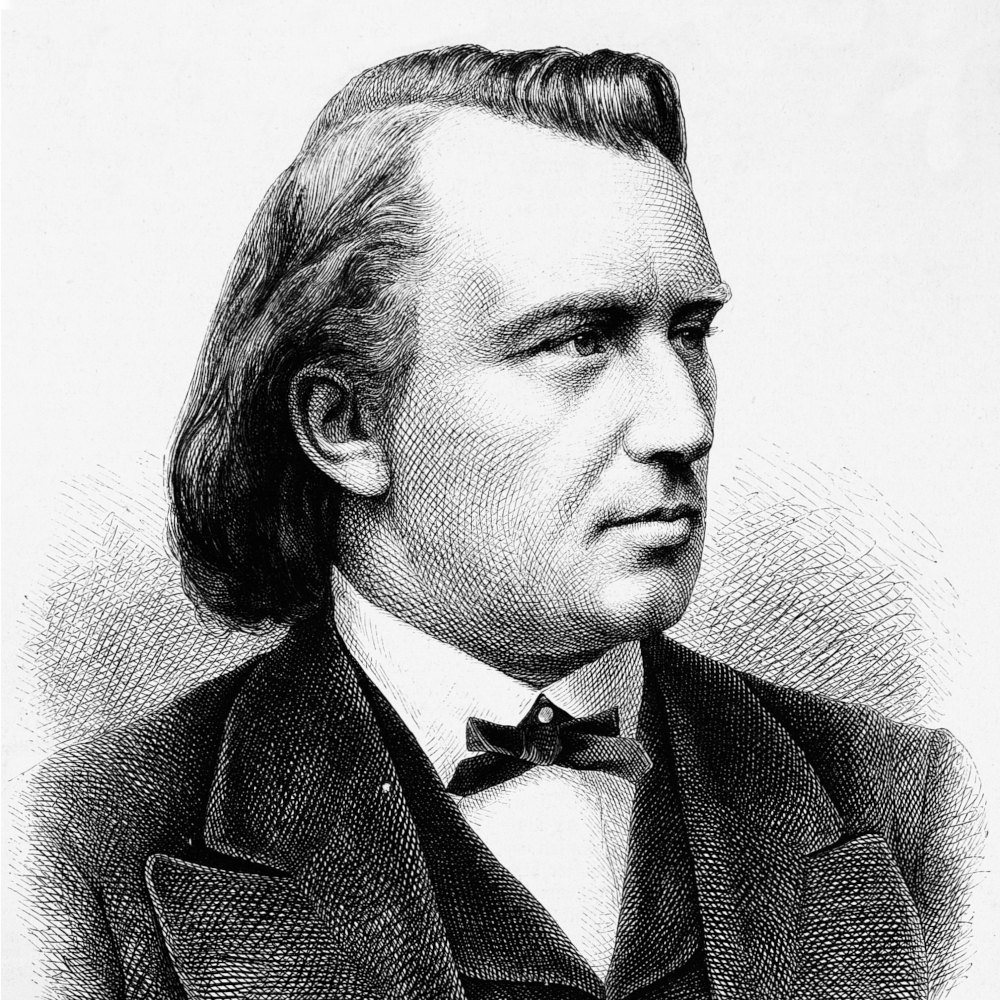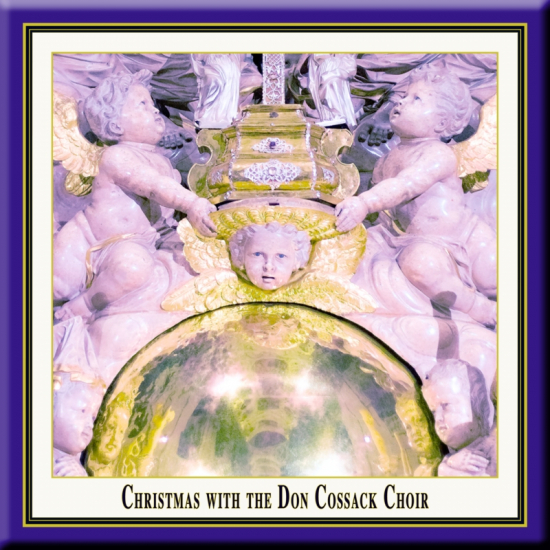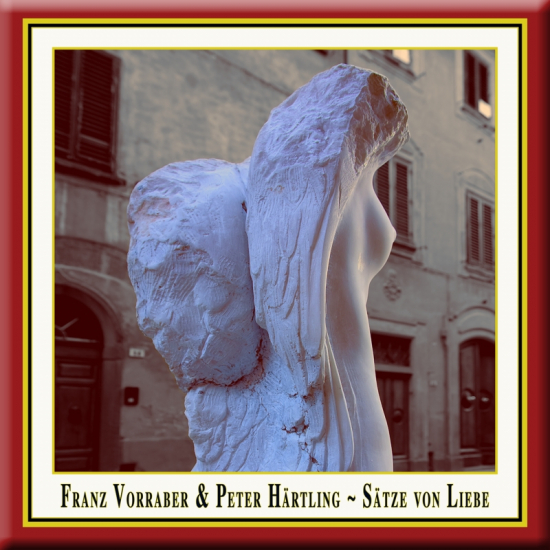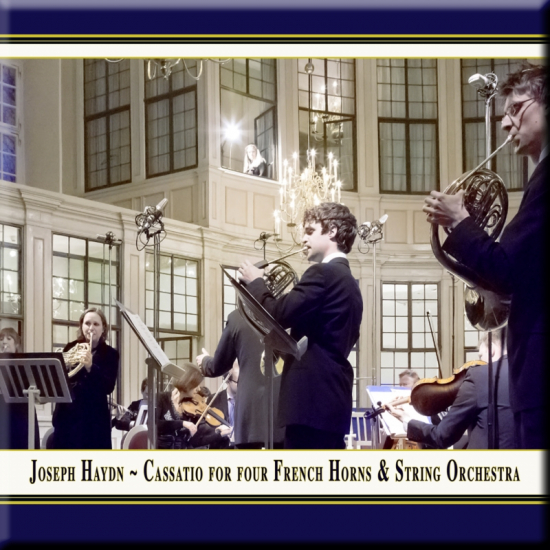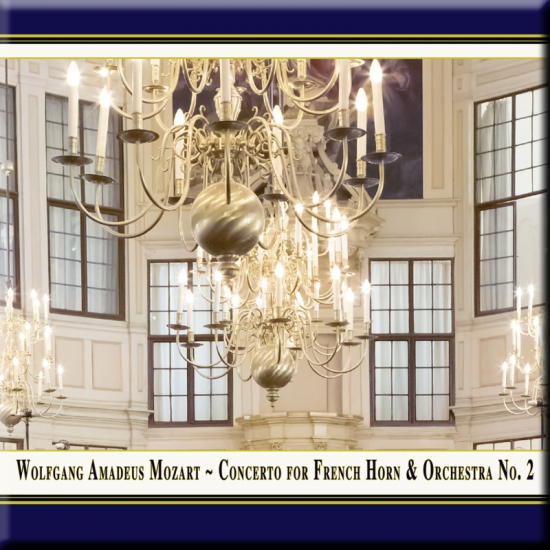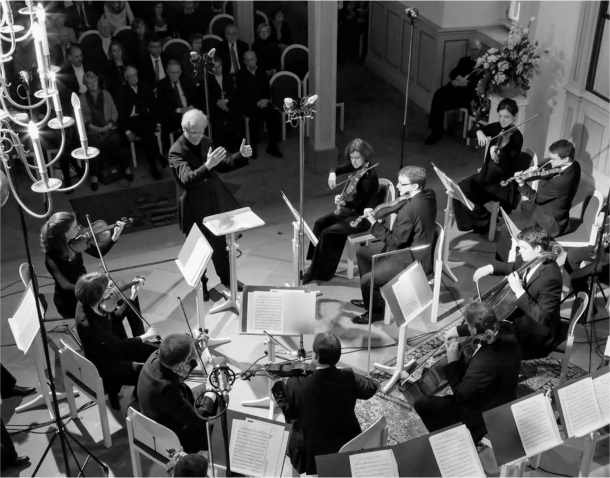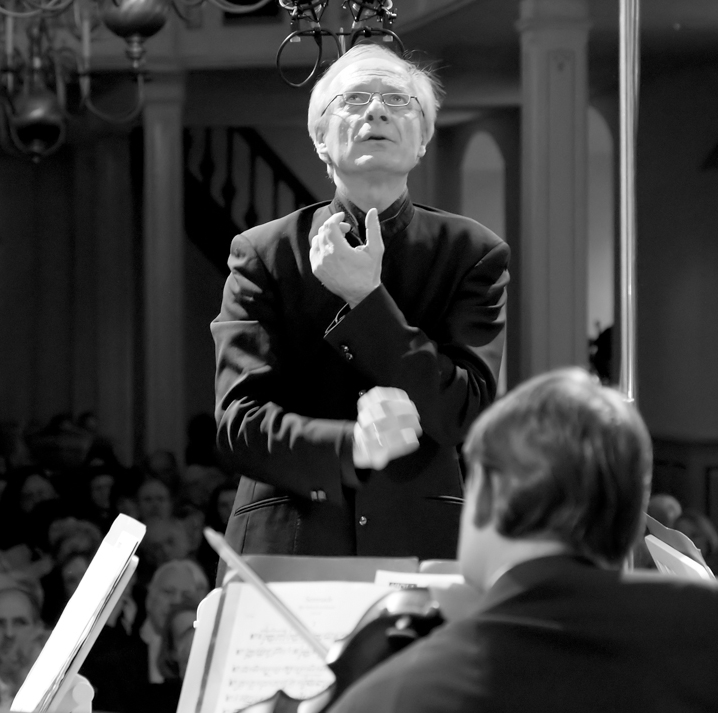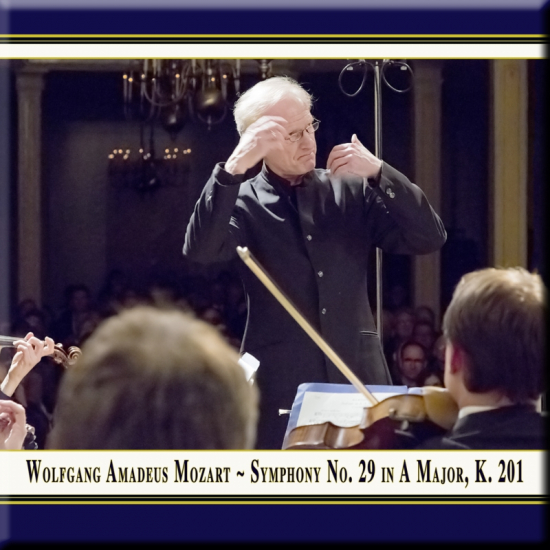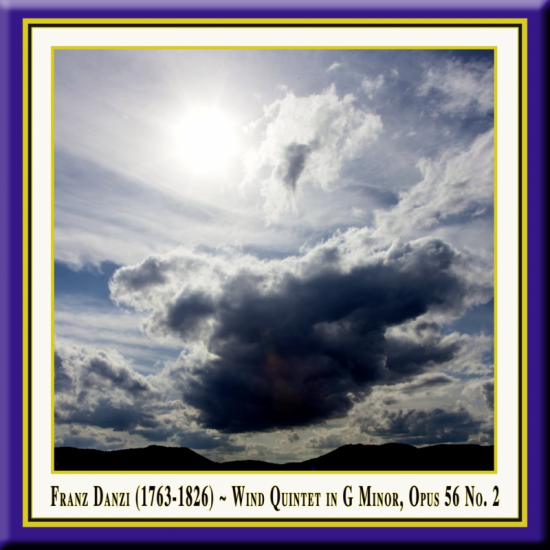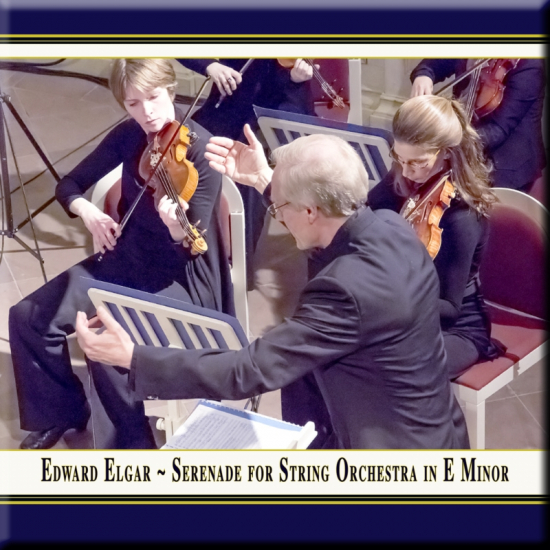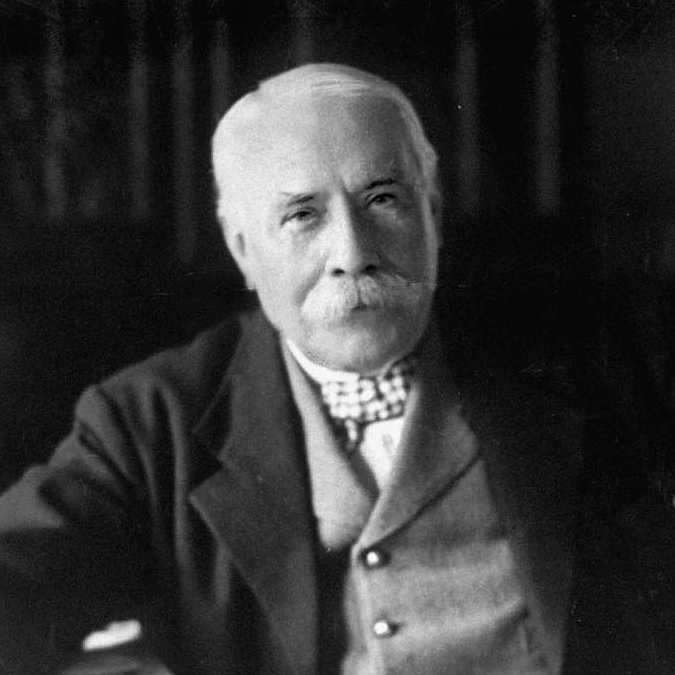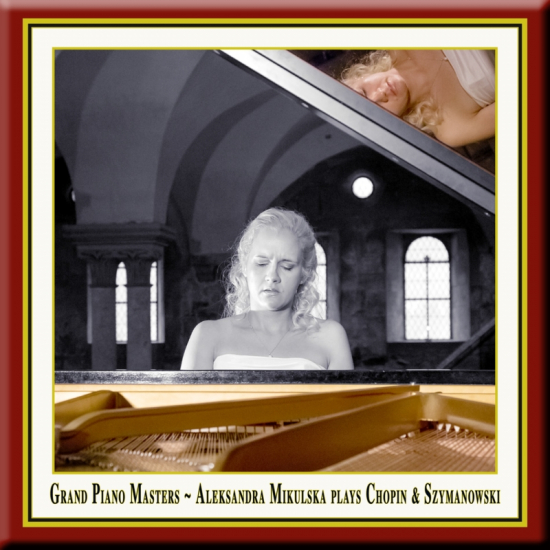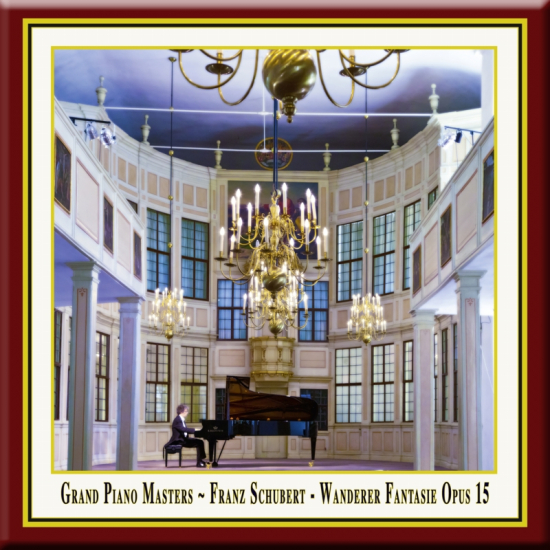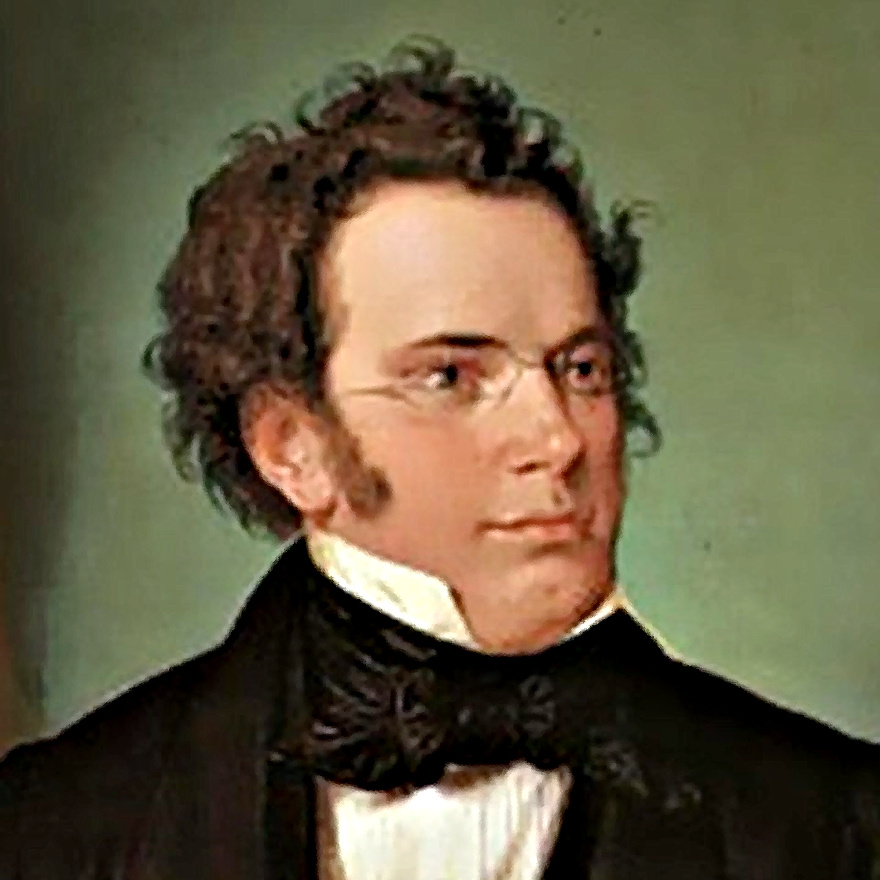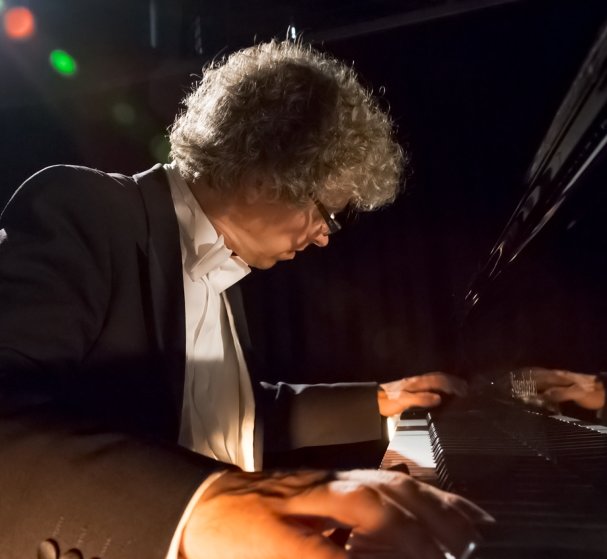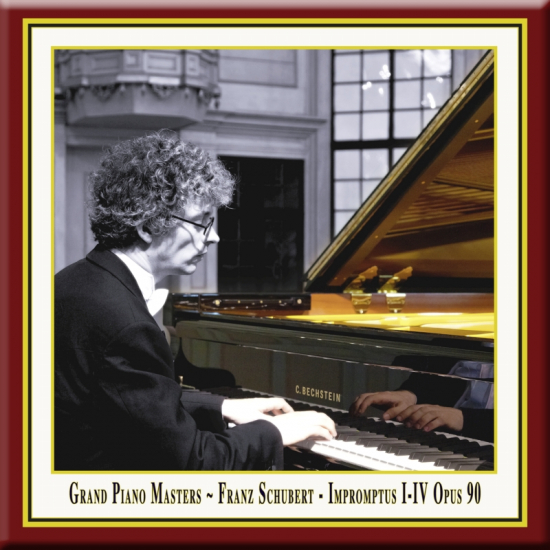1. Vexilla regis prodeunt
Processional hymn
Italy, Biblioteca comunale Augusta, Perugia, Ms 2793, 13th century
2. Deus in adiutorium
intende laborantium
Versus
Aquitaine, today: Bibl. Nat. Paris, lat. 1139, early 12th century
3. Cunctipotens genitor Deus
Kyrie-Tropus
Aquitaine, today: Bibl. Nat. Paris, lat. 1139, early 12th century
Spain, Biblioteca de la Catedral Santiago de Compostella, Codex Calixtinus c. 1170
4. Rex virginum amator
Kyrie-Tropus
Scotland, St. Andrews, today: HAB Wolfenbüttel, Helmst. 628 (W1), 13th century
5. Veri solis radius
Versus
Aquitaine, today: Bibl. Nat. Paris, lat. 3719, early 12th century
6. Stirps Iesse, Vers Virgo
Dei genitrix
Responsorium
England, Worcester, Cathedral Chapter Library, F. 160, 13th century
France, today: Florenz Biblioteca Laurenziana, Pluteo 29.1, 13th century
7. Patris ingeniti filius
Versus zum Benedicamus Domino
Aquitaine, today: British Library London, add. 36881, Mid 12th century
South Germany, today: British Library London, add. 27630, 2nd half of 14th century
8. In exitu Israel de Aegypto
Psalmrezitation im tonus peregrinus auf Psalm 113
England, Alphonso Psalter, British Library London, Additional 24686, 13th century
9. Laudes Deo
Sanctus-Tropus
Scotland, St. Andrews, today: HAB Wolfenbüttel, Helmst. 628 (W1), 13th century
10. Ad superni regis decus
/ Noster cetus
Benedicamus Domino-Tropus
Spain, Biblioteca de la Catedral, Santiago de Compostella, Codex Calixtinus c. 1170
Aquitaine, today: Bibl. Nat. Paris, lat. 1139, early 12th century
11. Lux lucis
Agnus Dei-Tropus
Scotland, St. Andrews, today: HAB Wolfenbüttel, Helmst. 628 (W1), 13th century
12. Stirps Jesse
Benedicamus Domino-Tropus
Aquitaine, today: Bibl. Nat. Paris, lat. 1139, early 12th century
13. Deus in adiutorium
intende laborantium
Motette
France, today: UB Bamberg, lit. 115, late 13th century
Concert Date: September 8th, 2013.
A concert hosted by "Kultursommer Rheinland-Pfalz" (Cultural Summer Rhineland-Palatinate) and the Catholic parish "St. Bernhard" Eusserthal, recorded, released & created by Andreas Otto Grimminger & Josef-Stefan Kindler.
Sound & Recording Engineer:
Andreas Otto Grimminger
Mastering:
Andreas Otto Grimminger & Josef-Stefan Kindler
Photography:
Josef-Stefan Kindler
Artwork & Coverdesign:
Josef-Stefan Kindler











